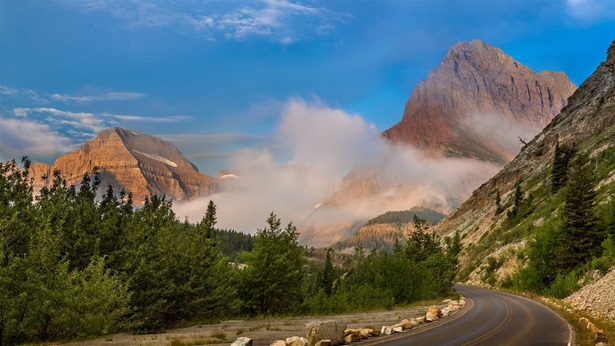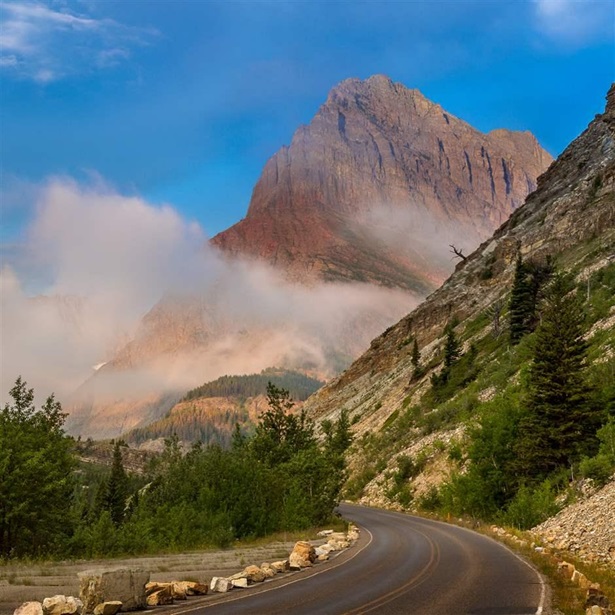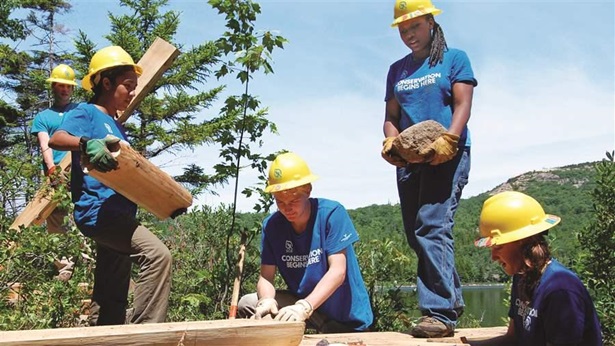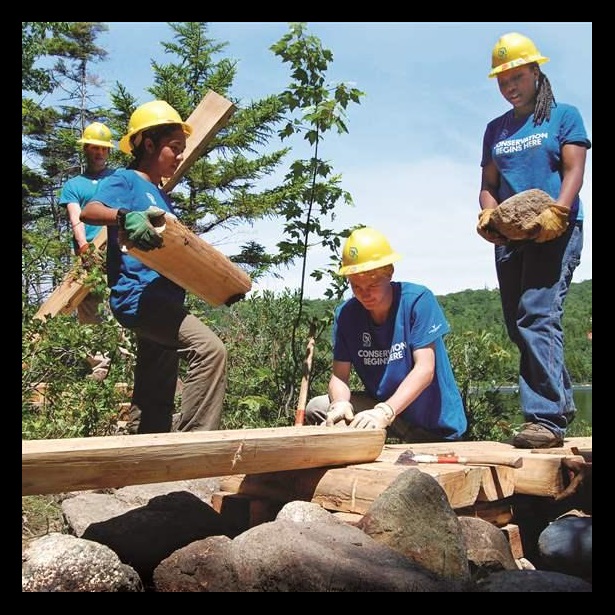With New Funding, National Park Service Will Start Addressing Long-Overdue Repairs
Implementation of the Great American Outdoors Act gets underway
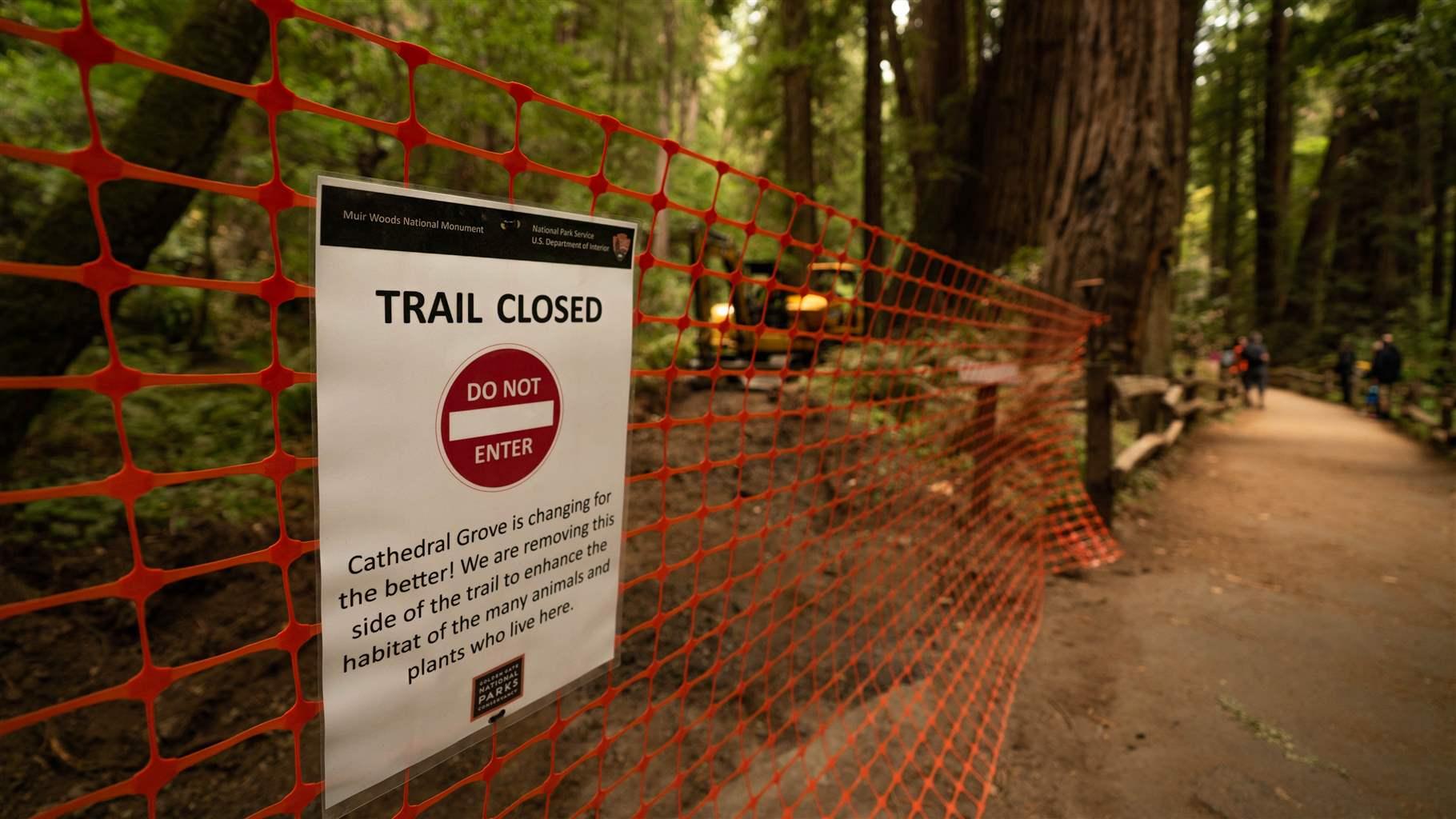
On Aug. 4, the Great American Outdoors Act became law, ensuring the largest investment in our parks and public lands in decades. The act, which passed after years of work to address a multibillion-dollar repair backlog within the National Park System, provides up to $6.65 billion in non-taxpayer funds over five years to address long-overdue priority maintenance issues. Additional funding of nearly $3 billion is directed toward repairs for national forests, Bureau of Land Management (BLM) lands, wildlife refuges, and Bureau of Indian Education schools.
And for the first time, the Land and Water Conservation Fund—an important tool to protect wildlife habitat, preserve water quality, and increase recreation access in rural and urban areas across America—will be fully funded in perpetuity.
Why is the Great American Outdoors Act needed?
The National Park System is over 100 years old, and many park sites and public lands are showing their age with crumbling roads; deteriorating visitor centers, trails, and historic structures; and outdated electrical and water infrastructure. These issues have been exacerbated by the rising number of visitors and inconsistent annual funding, resulting in a nearly $12 billion backlog of repair needs within park sites. The problem balloons to over $20 billion when backlog maintenance needs on other public lands are included.
At the same time, inadequate annual funding for the Land and Water Conservation Fund has increasingly jeopardized the integrity of our public lands and impeded public use and enjoyment.
Next steps in implementing the new law
In October—the first month of fiscal year 2021—funding is expected to be available for priority repairs within the National Park System. And in early November, the National Park Service (NPS) and other agencies are required to provide the House and Senate Appropriations and authorizing committees with a detailed list of projects to be undertaken in fiscal 2021, which lawmakers will review and possibly ask the agencies to revise. That process will be repeated in successive years.
NPS uses several factors to triage maintenance work and determine priority repairs, including the importance of an asset to the park unit’s mission, protection of natural and cultural resources, and visitor safety and experience. Earlier this year, NPS released deferred maintenance data on each of its sites, including repair projects that could be eligible for Great American Outdoors Act funding.
The act is expected to have a significant effect on the restoration of our national parks and public lands because of several important provisions:
- The act establishes a fund in the U.S. Treasury—the National Park Service and Public Land Legacy Restoration Fund—into which 50% of unobligated mineral receipts (from onshore, offshore, and renewable energy operations on federal lands and waters) will be directed over five years, with a cap of $1.9 billion per year.
- From this fund, NPS will receive 70%, the U.S. Forest Service 15%, and the BLM, wildlife refuges, and Bureau of Indian Education schools 5% each. This translates to up to $1.3 billion per year for parks. The act also encourages private donations for deferred maintenance.
- For each agency, 35% of the funding must be used for projects related to transportation assets, with the rest for non-transportation assets such as historic sites, campgrounds, and electrical and water systems.
- Mineral revenues will be directed to the fund over a five-year period and will remain available until expended.
To implement project work, NPS can continue outsourcing to companies, developing formal agreements with park friends groups, and entering into contracts with service corps that employ veterans and youth. Leveraging a number of these avenues will help NPS staff implement projects efficiently.
The articles linked below demonstrate how park restoration legislation evolved and became law—a major step forward in the long journey to fixing our national parks.
Marcia Argust directs The Pew Charitable Trusts’ campaign to restore America’s parks.



